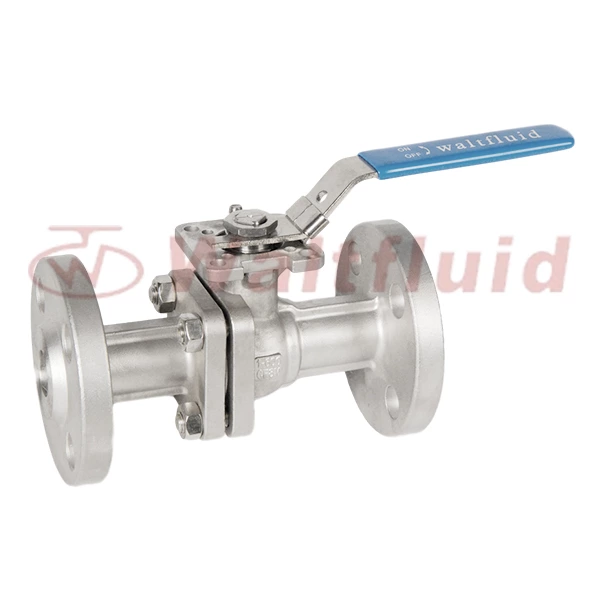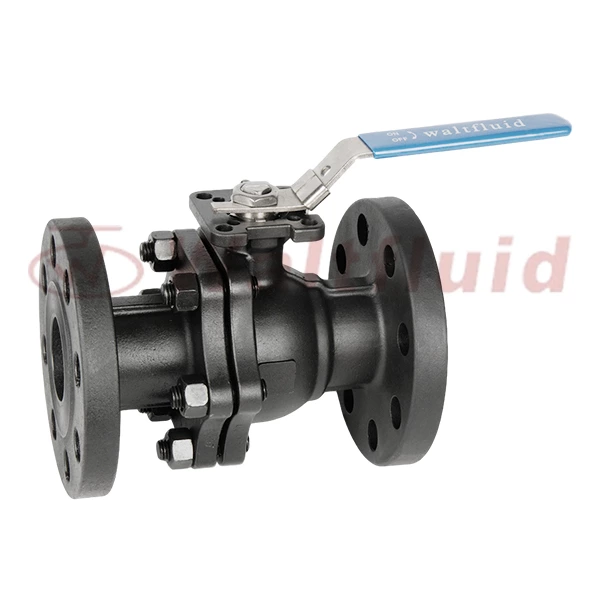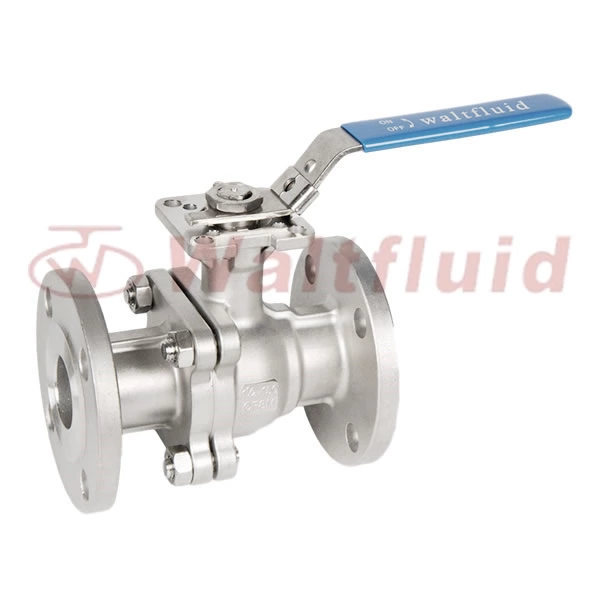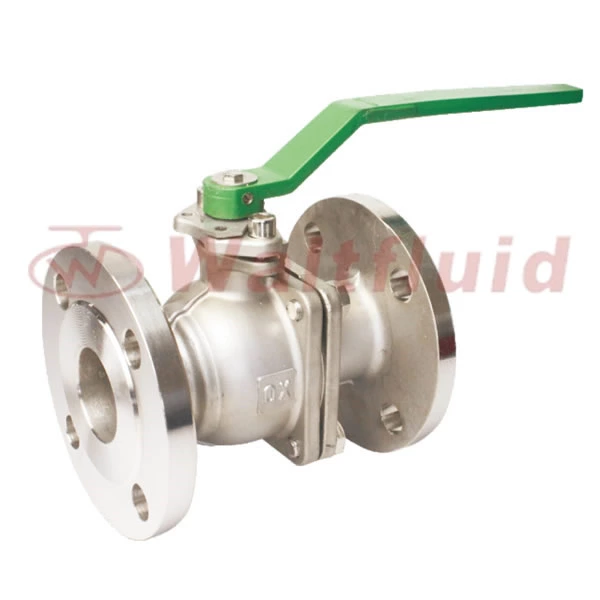Understanding Three-piece Ball Valve Design: Key Features And Internal Structure
Three-piece ball valves are common in industrial pipelines and are widely used in petroleum, chemical, natural gas, and food industries. Their reliable performance and ease of maintenance make them a preferred choice in many fluid control systems. This article will detail the design features and internal structure of three-piece ball valves to help readers better understand this device.
Design Features of Three-Piece Ball Valves
The name "3 ball valve stainless steel" comes from its unique structural design, consisting of three main components: two valve bodies on either side and a valve seat in the middle. Compared to other ball valves, three-piece ball valves have several significant structural features:
-
Separate Design: The three-piece design allows for easy maintenance and cleaning without disassembling the entire valve. This ease of disassembly and assembly reduces downtime and improves equipment efficiency.
-
Modular Design: This design allows for the replacement or maintenance of individual components as needed, facilitating the customization of valves to meet specific requirements. Compared to integrated ball valves, the three-piece design offers greater flexibility.
-
Excellent Sealing: The sealing method employed in three-piece ball valves effectively prevents leakage problems. The design of the valve seat ensures excellent sealing performance. Whether under high pressure or high temperature, the three piece ball valve maintains superior sealing.
-
High corrosion resistance: The valve body material is typically made of stainless steel or other corrosion-resistant alloys, allowing the 3 piece stainless steel ball valve to withstand various corrosive fluid environments and extending the service life of the equipment.
Internal Structure of a Three-Piece Ball Valve
The internal structure of a 3 full port ball valve mainly consists of the following parts:
-
Valve Body: The valve body is the main component of the three-piece ball valve, consisting of two valve bodies on either side and a valve seat in the middle. The valve body is usually made of high-strength stainless steel to ensure structural stability under high pressure, high temperature, or corrosive fluid environments.
-
Ball: The ball is the core component of the 3 inch ball valve price, typically a full-bore ball. The ball controls fluid flow by opening and closing its inner bore. The surface of the ball is usually specially treated to ensure corrosion resistance and sealing performance during long-term use.
-
Valve Seat: The valve seat is usually located inside the valve body and primarily serves a sealing function. The valve seat is in close contact with the ball's surface, ensuring no fluid leakage when the valve is closed. The valve seat is typically made of materials with high wear and corrosion resistance, such as polytetrafluoroethylene (PTFE).
-
Actuator: The actuator, usually electric, pneumatic, or manual, controls the opening and closing of the ball valve. Controlling the actuator allows for easy adjustment of the valve's open/closed state, controlling fluid flow.
-
Seals: Seals at both ends of the valve prevent fluid leakage. The sealing design of a three-piece ball valve is crucial, ensuring good sealing performance even under high pressure and high temperature conditions.
Advantages of Three-Piece Ball Valves
-
Easy to maintain and replace: Due to the modular design of the 3 piece ball valve manufacturers, each component can be replaced individually, reducing the cost and complexity of overall replacement. Valve maintenance is more convenient, eliminating the need to disassemble the entire valve.
-
Excellent sealing performance: The design of the three-piece ball valve ensures excellent sealing performance. The tight contact between the valve seat and the ball ensures leakage prevention even under high pressure, meeting the stringent sealing requirements of many industries.
-
Wide Range of Applications: The high temperature, high pressure, and corrosion resistance of the three-piece ball valve enable it to adapt to various harsh working conditions. It can operate stably in various fluids and is widely used in industries such as petroleum, natural gas, and chemicals.
-
Strong Impact Resistance: The structural design of the 3 piece ss ball valve enhances its impact resistance, especially in environments with impacting fluids, where its stability and reliability are outstanding.
Summary
The three-piece ball valve, with its unique design and excellent performance, has significant application value in many industrial fields. Its modular structure, good sealing, and corrosion resistance make it excellent for flow control of high-pressure, high-temperature, and corrosive fluids. By understanding the design features and internal structure of the 3 piece valve, users can better select suitable valves and improve equipment operating efficiency and reliability.
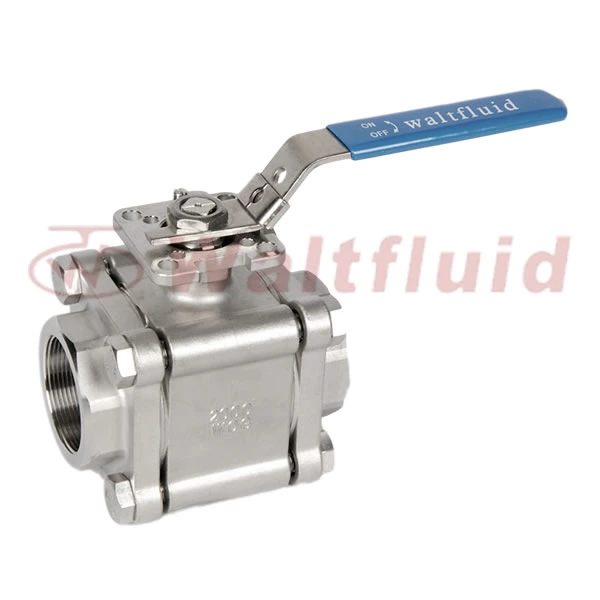
 English
English 中文
中文 Pусский
Pусский  Español
Español
